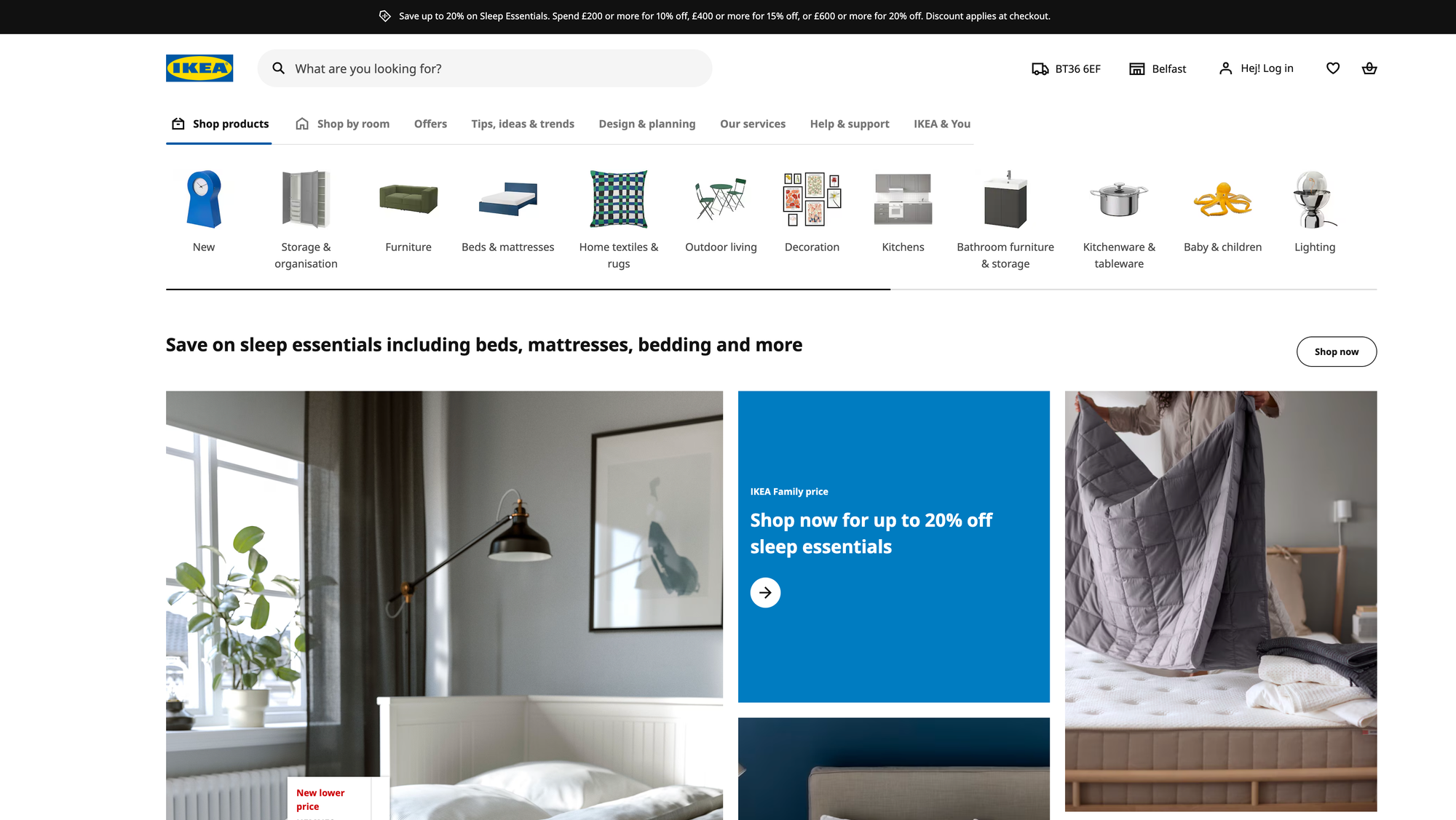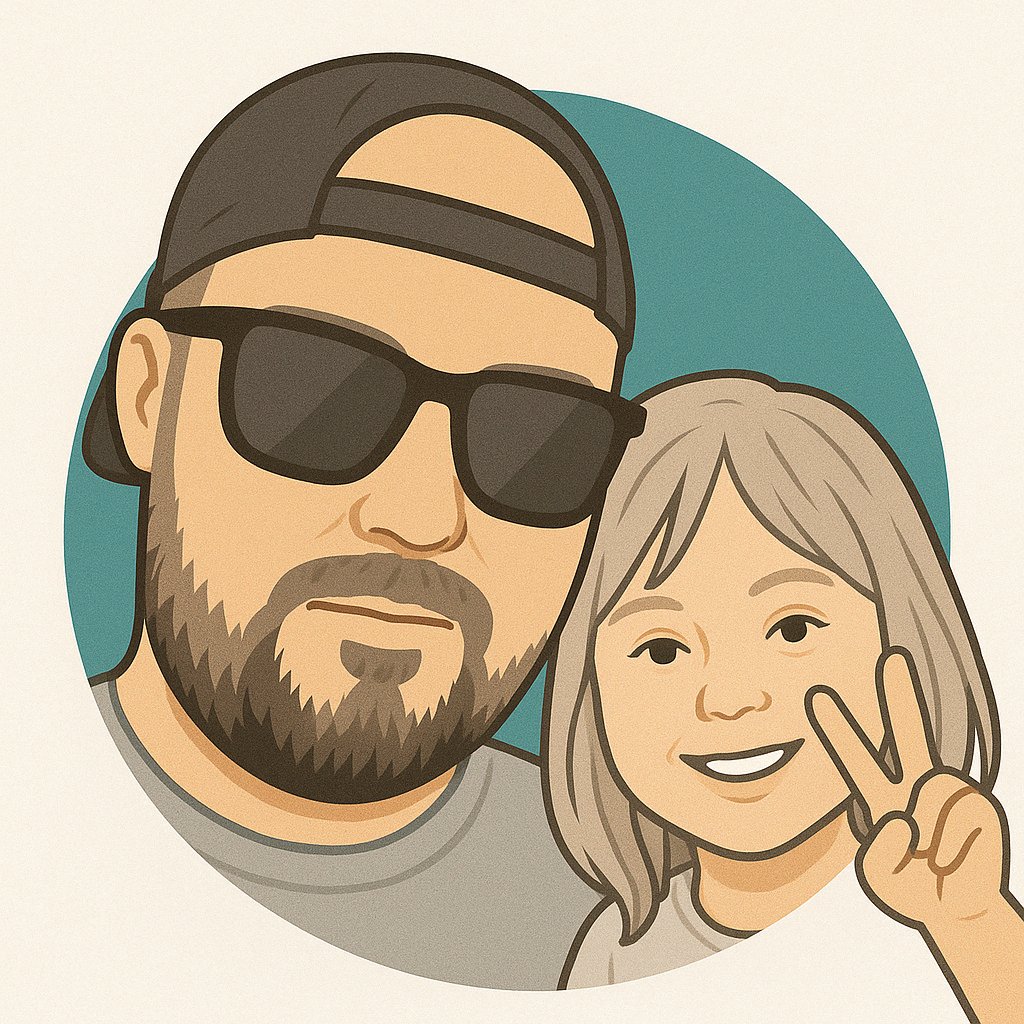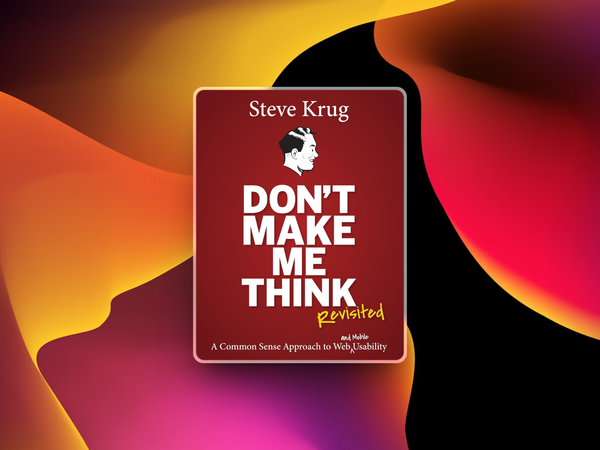In digital marketing, understanding the intertwined relationship between User Experience and Search Engine Optimisation has become essential for online success.
Ten years ago, SEO was largely about keywords and backlinks. It was often a case of who can game the system best - but not anymore.
That approach is outdated.
Google and other search engines now prioritise genuine user engagement, placing a strong emphasis on how people interact with websites. User engagement is tough if not impossible to fake.
Here's why that's a good thing for users.
Why UX is the New SEO Power Player
User Experience isn't just a design afterthought anymore—it's the backbone of modern SEO.
As search algorithms evolve, they now heavily rely on user-centric metrics like bounce rates, time on site, and the number of pages visited.
These factors tell search engines a story: how valuable and relevant a website is to its users.
But why has UX become so important for SEO?
The answer lies in Google’s core mission—to provide users with the most relevant and valuable information in the easiest way possible.
When users have a smooth, engaging, and enjoyable experience on your site, they stay longer, explore more, and engage deeper.
Google takes notice of these signals and rewards sites that deliver these experiences with higher rankings.

At the heart of this relationship is engagement.
A positive UX can lead to longer session durations, higher click-through rates (CTR), and more pages visited—three crucial factors that directly impact your site’s SEO performance. When users are happy, search engines are too.
Take a well-designed website like IKEA’s.
The seamless user experience isn't just about aesthetics—it's strategic. Every element of IKEA’s website encourages users to explore, linger, and find exactly what they need, resulting in higher engagement, reduced bounce rates, and better search rankings.
IKEA's UX and digital teams employ a methodical approach, iterating and testing their ideas to meet both UX and SEO key performance indicators (KPIs).
This strategic process demonstrates IKEA's commitment to creating user-friendly experiences that are also optimised for search engines, effectively marrying UX with SEO in their digital strategy.
Bounce Rates: The Silent Killer of SEO
On the flip side, a poor user experience can be devastating.
High bounce rates—when users leave after viewing just one page—are a clear signal to search engines that your website isn’t delivering value.
If your site’s navigation is confusing, or your content doesn’t meet user expectations, expect search engines to penalise you for it.
For instance, stuffing pages with keywords or irrelevant links to boost SEO metrics might have worked in the past, but today it leads to frustrated users and high bounce rates.
And once users leave, Google is less likely to send others your way.

The CTR—how many people click your link after seeing it in search results—is another area where UX plays a vital role.
A well-designed, intuitive website paired with enticing meta descriptions and relevant content encourages users to not only visit your site but to stay and explore.
The better the experience, the more likely users will come back, and search engines will take notice, boosting your rankings in return.
Here are five common SEO measurements and how UX can impact them:
- Bounce Rate: Poor UX, like confusing navigation or slow load times, increases bounce rates, signalling to search engines that your site isn't relevant or user-friendly, which can lower rankings.
- Time on Page/Dwell Time: A well-designed, engaging UX keeps users on your page longer, which indicates to search engines that your content is valuable and worth ranking higher.
- Click-Through Rate (CTR): Intuitive design and relevant, well-placed content can increase CTR by encouraging users to engage more with your site after finding it in search results.
- Mobile-Friendliness: A mobile-optimised UX improves search rankings, as Google prioritises mobile usability as a core ranking factor through mobile-first indexing.
- Site Speed: Fast-loading pages enhance the user experience, and since site speed is a direct ranking factor, improving this aspect of UX can lead to higher search rankings.
Why UX and SEO Must Work Together
It’s tempting to think that you can treat UX and SEO as separate entities—one for the humans, the other for the machines.
But in reality, they’re inseparable.
SEO might help users find your website, but UX keeps them there. And if you over-optimise for SEO at the cost of user experience, like stuffing your site with keywords or neglecting mobile optimisation, you’ll see your rankings plummet.
Google's evolving algorithm has moved beyond technical SEO tricks. Today, it’s focused on understanding user intent and rewarding websites that meet those needs effectively.
Expect this dynamic to shift further as AI becomes more embedded in our day to day lives.
So, the future of SEO doesn’t lie in more links or keywords, but in mastering the art of UX. The more seamless and engaging the experience, the more likely you are to rank higher.
The future of SEO lies in delivering exceptional user experiences.
The websites that win are the ones that not only answer users’ queries but do so in a way that’s fast, intuitive, and engaging.
As Google continues to refine its algorithms, the connection between UX and SEO will only deepen. If your SEO strategy doesn't prioritise UX, you’re already behind.
At its core, modern SEO is about people—not search engines. Deliver an experience that delights your users, and the rankings will follow naturally.
It’s no longer about choosing between SEO and UX—it’s about understanding that they are two sides of the same coin.
Want to involve teams to work towards a common goal of UX and SEO unity? Here's how:
1. Conduct thorough user research: Understand target audience needs, behaviors, and pain points through surveys, interviews, and analytics to inform design decisions.
2. Optimise site structure and navigation: Create intuitive information architecture and clear navigation paths, improving both user experience and search engine crawlability.
3. Implement responsive design: Ensure seamless experiences across devices with mobile-first, responsive layouts that adapt to various screen sizes and load quickly.
4. Create high-quality, relevant content: Develop valuable, keyword-rich content that addresses user queries and aligns with search intent, satisfying both users and algorithms.
5. Continuously test and iterate: Regularly conduct A/B tests, gather user feedback, and analyze performance metrics to identify areas for improvement and refine experiences.
If you're a small team, of worried about getting buy in, I cannot stress how important it is to start small.
Remember: Results builds confidence. Under promise, over deliver.











